Artist Index
A - B - C - D - E - F - G - H - I - J - K - L - M
N - O - P - Q - R - S - T - U - V - W - X - Y - Z
Domenico Beccafumi
Paintings

Marcia

Tanaquil
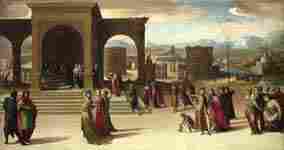
The Story of Papirius
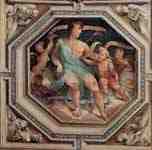
Plazzo Pubblico in Siena: Concordia
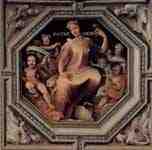
Plazzo Pubblico in Siena: Caritas
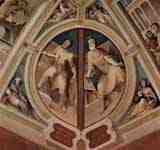
Plazzo Pubblico in Siena: Carundas and Celius
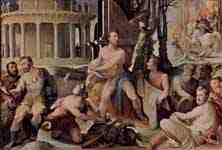
Plazzo Pubblico in Siena: Victims of Codrus
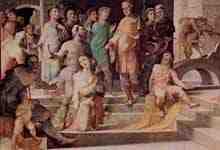
Plazzo Pubblico in Siena: Victims of Seleucus
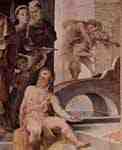
Plazzo Pubblico in Siena: Victims of Seleucus , detail
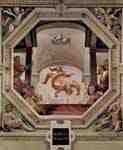
Plazzo Pubblico in Siena: Fall of Marcus Manilius
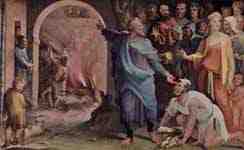
Plazzo Pubblico in Siena: Publius Muzius

Plazzo Pubblico in Siena: beheading of the Spurious
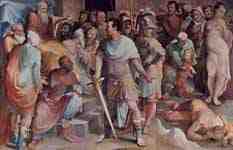
Plazzo Pubblico in Siena: Assassination of Melius
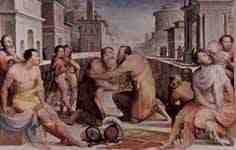
Plazzo Pubblico in Siena: reconciliation
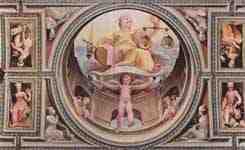
Plazzo Pubblico in Siena: Justizia
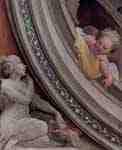
Plazzo Pubblico in Siena: Justizia , detail
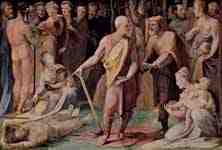
Plazzo Pubblico in Siena: Postumius Tiburzius kills his son
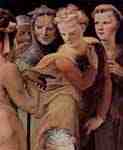
Plazzo Pubblico in Siena: Postumius Tiburzius kills his son , detail
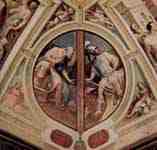
Plazzo Pubblico in Siena: Speusippus Tegaeatum and Fabius the Great
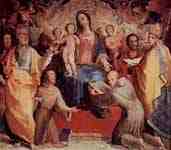
Enthroned Madonna

Descent into Hell
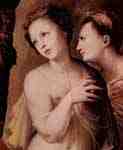
Christ's Descent into Hell , detail
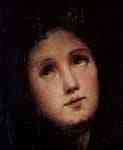
Christ's Descent into Hell , detail
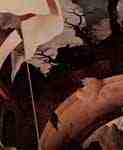
Christ's Descent into Hell , detail

The St. Mark
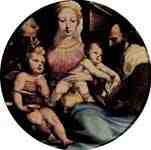
The Holy Family
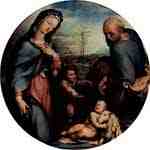
The Holy Family
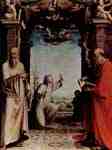
The St. Catherine receiving the stigmata

The St. Catherine receiving the stigmata , detail
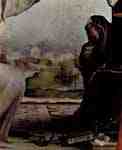
The St. Catherine receiving the stigmata , detail
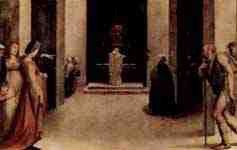
The St. Catherine receiving the stigmata , detail
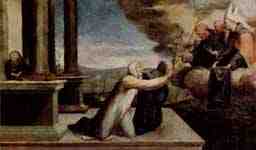
The St. Catherine receiving the stigmata , detail
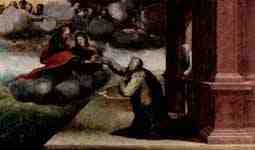
The St. Catherine receiving the stigmata , detail
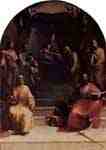
The Mystic Marriage
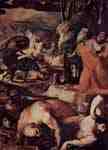
The punishment of Hellfire
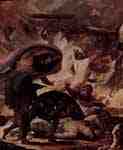
The punishment of hell-fire , detail
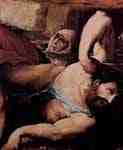
The punishment of hell-fire , detail
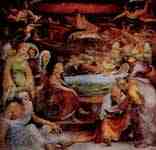
Frescoes in the Oratory of St. Benedict : Death of the Virgin
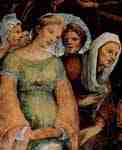
Frescoes in the Oratory of St. Benedict : Death of the Virgin , detail
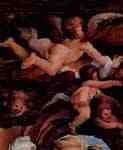
Frescoes in the Oratory of St. Benedict : Death of the Virgin , detail
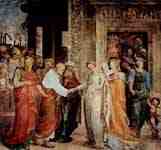
Frescoes in the Oratory of St. Benedict : marriage of Mary
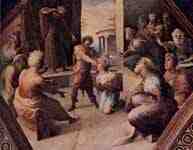
Palazzo Bindi Segardi : The sacrifice of Seleucus of Locris
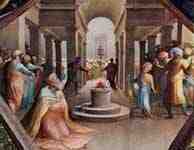
Palazzo Bindi Segardi : The brave Macedonian boy
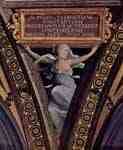
Palazzo Bindi Segardi : The brave Macedonian boy
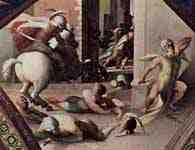
Palazzo Bindi Segardi : The Suicide of Cato of Utica
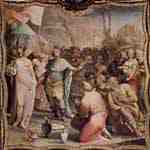
Palazzo Bindi Segardi : The abstinence of Scipio
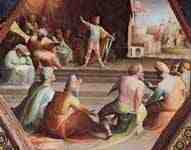
Palazzo Bindi Segardi : Scipio devotes his soldiers
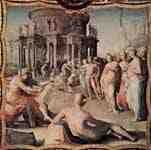
Palazzo Bindi Segardi : Zeus paints the portrait of Helena
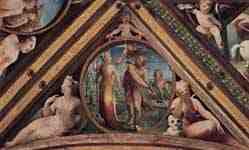
Palazzo Bindi Segardi : The Flood
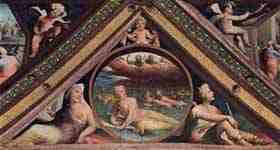
Palazzo Bindi Segardi : contest between Minerva and Neptune

Nativity
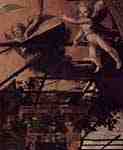
Nativity, detail : angels and Architecture
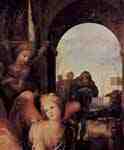
Nativity, detail : angels and shepherds
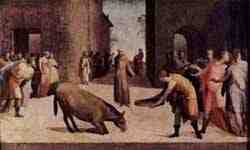
St. Anthony of Padua and the miracle ass

St. Christopher
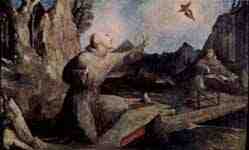
St. Francis receiving the stigmata

Inferno
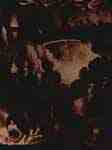
Inferno , detail : St. Michael
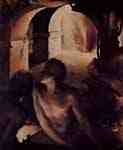
Inferno , detail : the damned
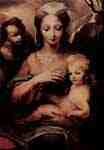
Madonna and John the Baptist

Nativity of Mary
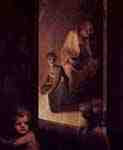
Nativity of Mary , detail
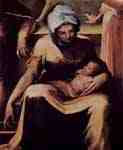
Nativity of Mary , detail

Coronation of the Virgin with Saints
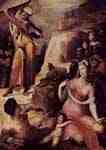
Moses receiving the Tablets of the Law
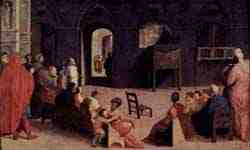
Sermon of St. Bernardine at the Piazza in Siena
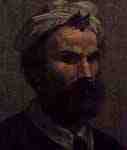
self-portrait

Tanaquilla

Enthroned St. Paul , altarpiece
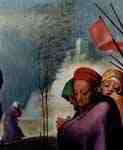
Enthroned St. Paul , altarpiece , detail
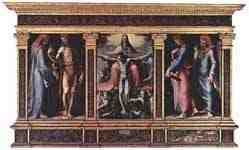
Triptych of the Trinity
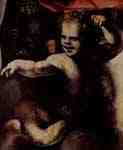
Triptych of the Trinity , central panel , detail : Angel
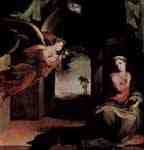
Annunciation
Drawings

Two apostles
Domenico di Pace Beccafumi (1486 – May 18, 1551) was an Italian Renaissance-Mannerist painter active predominantly in Siena. He is considered one of the last undiluted representatives of the Sienese school of painting.
Biography
Domenico was born in Montaperti, near Siena, the son of Giacomo di Pace, a peasant who worked on the estate of Lorenzo Beccafumi. Seeing his talent for drawing, Lorenzo adopted him, and commended him to learn painting from Mechero, a lesser Sienese artist.[1] In 1509 he traveled to Rome, but soon returned to Siena, and while the Roman forays of two Sienese artists of roughly his generation (Il Sodoma and Peruzzi) had imbued them with elements of the Umbrian-Florentine Classical style, Beccafumi's style remains, in striking ways, provincial. In Siena, he painted religious pieces for churches and of mythological decorations for private patrons, only mildly influenced by the gestured Mannerist trends dominating the neighboring Florentine school. There are medieval eccentricities, sometimes phantasmagoric, superfluous emotional detail and a misty non-linear, often jagged quality to his drawings, with primal tonality to his coloration that separates him from the classic Roman masters.
Pavement of Duomo di Siena
In addition to painting, he also directed the celebrated pavement of the cathedral of Siena from 1517-1544; a task that took over a century and a half. The pavement shows vast designs in commesso work—white marble, that is, engraved with the outlines of the subject in black, and having borders inlaid with rich patterns in many colours. From the year Beccafumi was engaged in continuing this pavement. He made very ingenious improvements in the technical processes employed, and laid down scenes from the stories of Ahab and Elijah, of Melchisedec[1], of Abraham[2] and of Moses[3]. He made a triumphal arch and an immense mechanical horse for the procession of the emperor Charles V on his entry into Siena.
Critical assessment and legacy
The beheading of Spurius Cassius Viscellinus, fresco (1532-1535), Palazzo Pubblico, Siena.
Compared to the equilibrated, geometric, and self-assured Florentine style, the Sienese style of painting, edges into a more irrational and emotionally-unbalanced world. Buildings are often transected, and perspectives awkward. The setting is often hallucinogenic; the colors, discordant. For example, in the Nativity (San Martino, Siena) hovering angels form an architectural hoop, figures enter from the shadows of a ruined arch. In his Annunciation, the Virgin resides in a world neither in day or dusk, she and the Angel Gabriel shine while the house is in shambles. In Christ in Limbo (Pinacoteca, Siena), an atypically represented topic, Christ sways in contraposto as he enters a netherworld of ruins and souls. S.J. Freedberg, compares his vibrant eccentric figures to those of the Florentine mannerist contemporary Rosso Fiorentino yet more "optical and fluid". While all the elements of the expected religious scenes are here, it is like a play in which all the actors have taken atypical costumes, and forgotten some of their lines.
In Medieval Italy, Siena had been an artistic, economic, and political rival of Florence; but wars and natural disasters caused a decline by the 15th century. Beccafumi's style is among the last in a line of Sienese artists, a medieval believer of miracles awaking in Renaissance reality.
Partial anthology of works
* The Miraculous Communion of Saint Catherine of Siena[4] (1513) - J. Paul Getty Museum, Los Angeles
* Saint Catherine of Siena Receiving the Stigmata[5] (1513) - J. Paul Getty Museum, Los Angeles
* Trinity triptych[6] (1513) - Oil on wood, 152 x 228 cm, Pinacoteca Nazionale, Siena
* Marriage of St. Catherine[7] (1514-1515) - Pinacoteca Nazionale, Siena
* St. Paul[8] (1515) - Oil on wood, 190 x 150 cm, Museo dell'Opera Metropolitana, Siena
* Marcia (1519, National Gallery, London)[9]
* Stigmatization of St. Catherine of Siena (1515) - Oil on wood, 208 x 156 cm, Pinacoteca Nazionale, Siena[10]
* The Betrothal of the Virgin (1518) - Fresco, 295 x 304 cm, Oratory of San Bernardino, Siena
* Tanaquil (1519) - Oil on wood, 92 x 53 cm, National Gallery, London
* Self Portrait (1520)[11]
* St. Lucy (1521) - Oil on wood, Pinacoteca Nazionale, Siena[12]
* The Mystical Marriage of St. Catherine (1521) - Hermitage, St. Petersburg[13]
* Frescoes in Bindi-Segardi Palace, Siena
* Frescoes of scenes from roman history in Palazzo Pubblico, Siena (1529-1535)[14]
* The Holy Family with Young Saint John (1523-1524) - Oil on panel, diameter 86 cm, Museo Thyssen-Bornemisza, Madrid
* Fall of the Rebel Angels (c. 1524) - Oil on wood, 347 x 227 cm, Pinacoteca Nazionale, Siena
* Fall of the Rebel Angels (c. 1528) - Oil on wood, 347 x 225 cm, San Niccolò al Carmine, Siena
* Vision of St. Catherine of Sienna (1528) - Philbrook Museum of Art, Tulsa
* The Baptism of Christ (1528) - Philbrook Museum of Art, Tulsa
* The Nativity - Allentown Art Museum, Allentown
* Venus and Cupid with Vulcan (1528) - New Orleans Museum of Art, New Orleans
* Holy Family with St. John[15] (c. 1530) -Oil on panel, diameter 84 cm, Uffizi, Florence
* Holy Family with Saint Anne - Private collection
* Escape of Clelia and the Roman Virgins - Uffizi, Florence
* Punishment of Dathan - Pisa Cathedral
* Drawing for Christ in Limbo (Stolen)[16]
* Christ in Limbo (1535) - Pinacoteca Nazionale, Siena
* Moses and the Golden Calf[17] (1536-1537) - Oil on wood, 197 x 139 cm, Pisa Cathedral
* Saint Bernard of Siena Preaching[18] (1537) - Musée du Louvre, Paris
* Saint Anthony and the Miracle of the Mule[19] (1537) - Musée du Louvre, Paris
* Saint Francis receives the stigmata[20] (1537) - Musée du Louvre, Paris
* Birth of the Virgin[21] (1543) - Oil on wood, 233 x 145 cm, Accademia, Siena
* Annunciation (1545-1546) - Oil on wood, Saints Martino and Vittorio, Sarteano
* Coronation of the Virgin (1540s) - Santo Spirito, Siena
* Madonna with infant and St. John[22] (1540) - Oil on panel, 90 x 65 cm, Galleria Nazionale d'Arte Antica, Rome
* Holy Family with Angels - National Gallery of Art, Washington, DC[23]
* Holy Family and St. John - Alte Pinakothek, Munich [24]
* Statues of Angels (1548-1550) - Presbytery of Siena Cathedral[25]
* Drawing of Abraham [26]
* St. Peter [27] - Woodcut, Cleveland Museum of Art
* Angels drawing (1524-25) - San Francisco[28]
References
* Chisholm, Hugh, ed (1911). "Beccafumi, Domenico di Pace". Encyclopædia Britannica (Eleventh ed.). Cambridge University Press.
* Painting in Italy 1500-1600, S.J. Freedberg, (Penguin History of Art, 2nd Edition, 1983).
Notes
1. ^ Hence his nickname Il Mecherino.
From Wikipedia. Text is available under the Creative Commons Attribution-ShareAlike License
